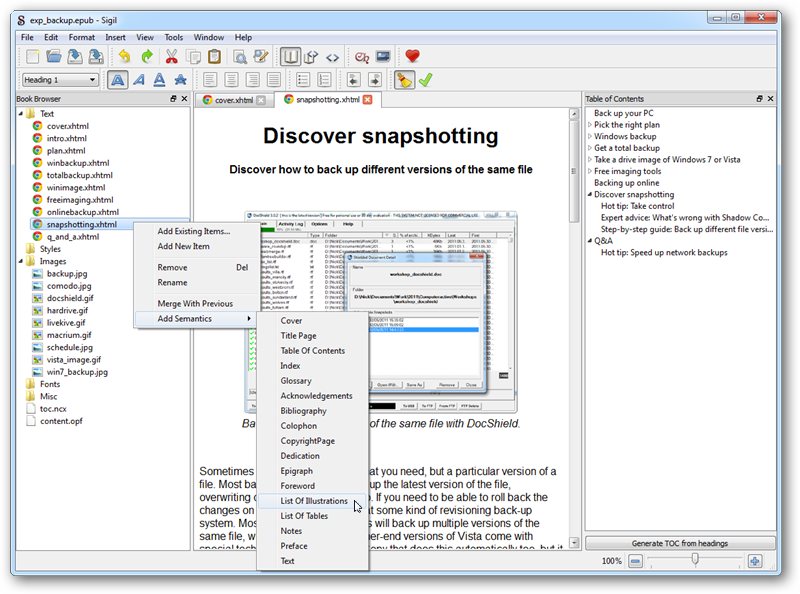

If you do not know what XML is, please don’t be afraid. The EPUB specification developed by the International Digital Publishing Forum (IDPF) allows the embedding of metadata using XML. Some reading systems already do utilize portions of the metadata and some examples are highlighted below.
#Best epub metadata editor software#
Since it is difficult to predict how eReading software will evolve in the future, it is considered a best practice to properly embed accurate metadata so that future reading systems can utilize it appropriately. Therefore, when publishing at the different eBook vendors, the metadata that gets entered separately during the upload process is usually more important than anything that is embedded in the eBook package. Unfortunately, it is unclear how the various platforms utilize the metadata that is embedded in the eBooks and the majority of vendors and eReading software are not at all forthcoming with how the metadata is accessed. When the EPUB eBook is converted to MOBI for the Kindle platform, the metadata is ostensibly maintained.


The EPUB standard is open source, so retrieval of the metadata can be easily implemented by software developers. One convenient feature of the EPUB specification is that it allows the metadata to be embedded within the eBook itself rather than relying on an external database. This data can be stored in a database by proprietary software platforms and utilized to organize catalogs of books or enhance discoverability by vendors, libraries, and third-party platforms. By Paul Salvette Why eBooks Need MetadataĮBook metadata is information that describes the book such as its title, author, and blurb.


 0 kommentar(er)
0 kommentar(er)
